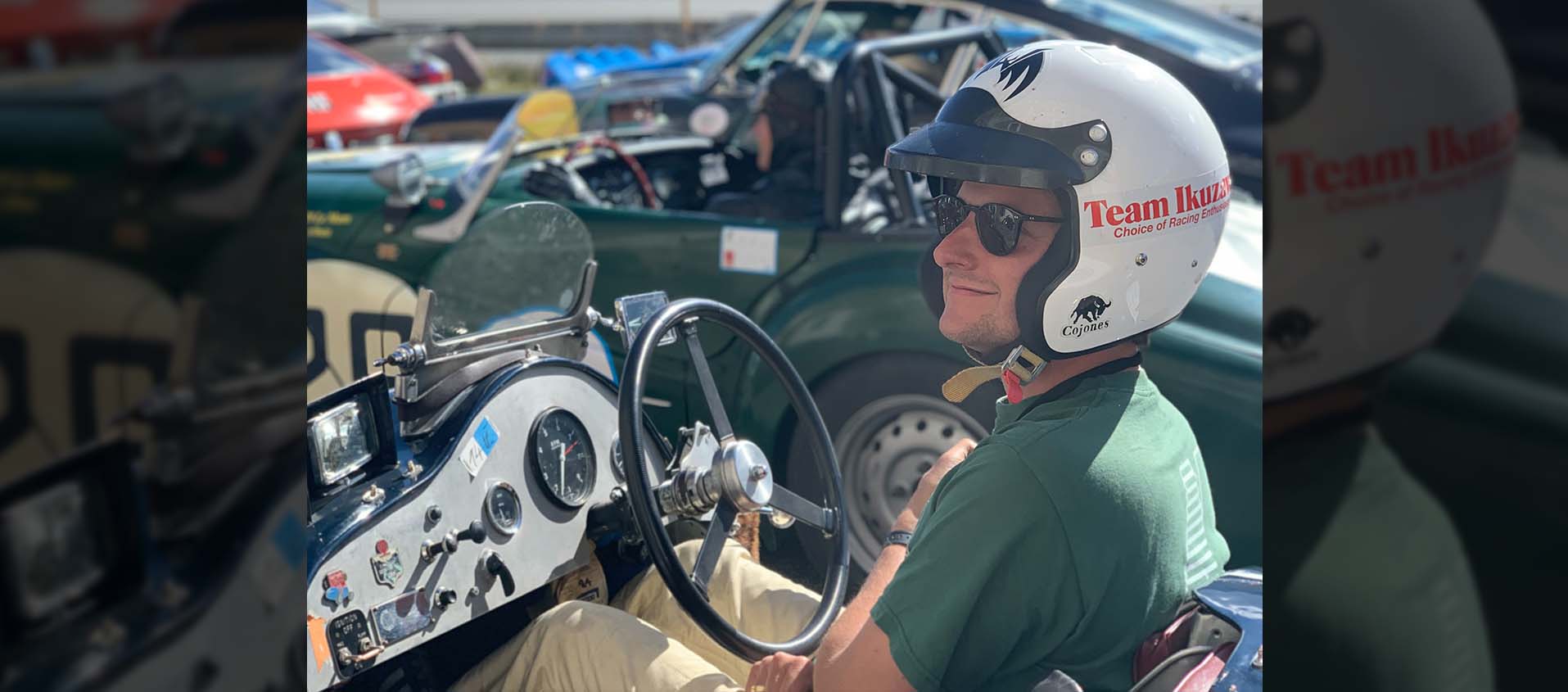A lesson from the winner
25 September 2021 3 min read 10 images

Andrea Klainguti, who competed in the uphill race at the Bernina Pass with a 1929 Riley against much more powerful cars, dominated – that is the right word, as he was three seconds faster than his closest rival – in the race on the same route, but driving the eClassic simulator. We asked him to give us a few, very important tips to driving fast virtually:
Register to unlock this article
Signing up is free and gives you access to hundreds of articles and additional benefits. See what’s included in your free membership. See what's included in your free membership.
Already have an account? Log In